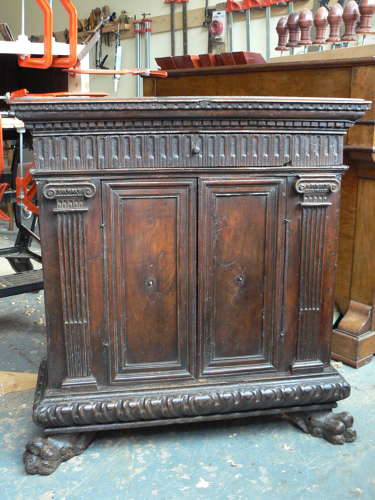Sustainability of Antique Furniture
In this modern era, with ecological concerns growing stronger by the day, it can be hard for people to balance their efforts to reduce their carbon footprint against today’s “throwaway culture”, encouraged by planned obsolescence and less durable materials. Modern flat-pack furniture, often produced from cheap chipboard and similar materials, not only lacks long-term durability, but also produces no shortage of harmful by-products both in its construction, and in the packaging and international shipping that sends it out around the world, an area which is accounting for a rapidly increasing percentage of modern carbon emissions.
Antique furniture has therefore seen a resurgence in popularity among those looking for a more environmentally friendly alternative. Often made of hardier woods and built with sturdier construction methods which prized longevity, a little care can ensure that a piece of antique furniture can be a long-lasting addition to the home, and one without the added carbon footprint of newly produced materials. Even if repairs are needed, professional restoration will often prove a less expensive alternative to simply replacing the furniture with a new piece, and can make use of similarly dated materials to avoid the need for new wood to be sourced at further environmental cost. Add to that the benefit of furniture which will not only add character to one’s home, but is also an investment which will appreciate in value with time, and one can certainly see why antique furniture is growing in popularity.
This seventeenth century Italian cupboard only required minor repairs and revival of the patina, hopefully to be good for another 300 years!
Posted by Joshua Munns.
